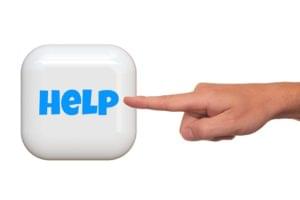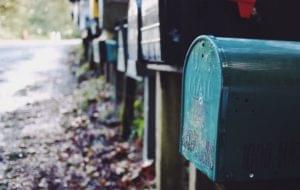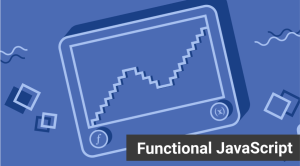
HTML has revolutionized the way we communicate. It formats the colossal amounts of information we read online, and is often used beyond the Web to format books and other reading materials.
Yet, until the advent of Markdown, it was a clumsy exercise to mark up plain text with HTML tags. It’s virtually unthinkable to go through a whole document and add tags manually. But even WYSIWYG editors are painful to use, requiring you to highlight each bit of text you need to format and click buttons.
Markdown is a brilliantly simple innovation that lets you add simple markup to plain text that is then converted to HTML automatically. For example, add a simple # to the front of your heading text and Markdown wraps that text with <h1> tags. Markdown in itself is simple and readable, meaning that you can focus on your writing and yet still understand its structure.
Authors writing for publications — including SitePoint — are more and more expected to submit their writing in Markdown format, so it pays to be familiar with this very simple syntax. It takes literally minutes to learn.
Our cheat sheet covers core Markdown syntax, some extended syntax, tools for processing Markdown and other resources. Enjoy!
Download our handy Markdown PDF cheat sheet.
More Markdown Resources
Looking for more on Markdown? Check out these great links
- Learn Markdown: Structure, Syntax, and Conventions
- The Best Markdown Editor for Windows
- The Best Markdown Plugins for WordPress
- Spicing up Your Emails with Markdown
- 7 Atom Add-ons for Running Code and Previewing Changes
- Creating PDFs from Markdown with Pandoc and LaTeX
Frequently Asked Questions (FAQs) about Markdown Cheat Sheet
What is Markdown and why is it important?
Markdown is a lightweight markup language that you can use to add formatting elements to plaintext text documents. It’s important because it allows you to write using an easy-to-read, easy-to-write plain text format, then convert it to structurally valid HTML. This means you can write in a format that’s easy to read and write, but also has the power to be converted into a more complex format.
How can I create headers in Markdown?
In Markdown, you can create headers using the hash (#) symbol. The number of hashes you use will determine the size of the header. For example, one hash (#) creates a first-level header, two hashes (##) create a second-level header, and so on up to six hashes for a sixth-level header.
How do I create lists in Markdown?
You can create ordered (numbered) and unordered (bulleted) lists in Markdown. For an unordered list, you can use asterisks (*), plus (+), or hyphen (-) as list markers. For an ordered list, you can use numbers followed by periods.
How can I add links in Markdown?
To create a link in Markdown, you can use the following format: [link text](URL). Replace “link text” with the text you want to display, and “URL” with the actual URL you want to link to.
How do I add images in Markdown?
To add an image, you can use the following format: . Replace “Alt text” with a description of the image, and “URL” with the actual URL of the image.
How can I emphasize text in Markdown?
You can emphasize text by making it bold or italic. To make text bold, you can wrap it with two asterisks (**) or two underscores (__). To make text italic, you can wrap it with one asterisk (*) or one underscore (_).
How do I create tables in Markdown?
To create a table, you can use the pipe (|) symbol to separate each cell in a row, and dashes (-) to create each column’s header. For example, | Syntax | Description | would create a table with two columns.
How do I add code snippets in Markdown?
To add inline code, you can wrap it with backticks (`). To create a code block, you can wrap it with three backticks (```). You can also specify the language for syntax highlighting by typing it directly after the opening three backticks.
How do I create blockquotes in Markdown?
To create a blockquote, you can use the greater than (>) symbol at the beginning of the line. If you want to create a blockquote with multiple paragraphs, each line of the blockquote must begin with the greater than symbol.
How do I create horizontal rules in Markdown?
To create a horizontal rule, you can use three or more asterisks (***), dashes (---), or underscores (___) on a line by themselves.
Ralph is a freelance copyeditor, web designer and teacher at Page Affairs.






